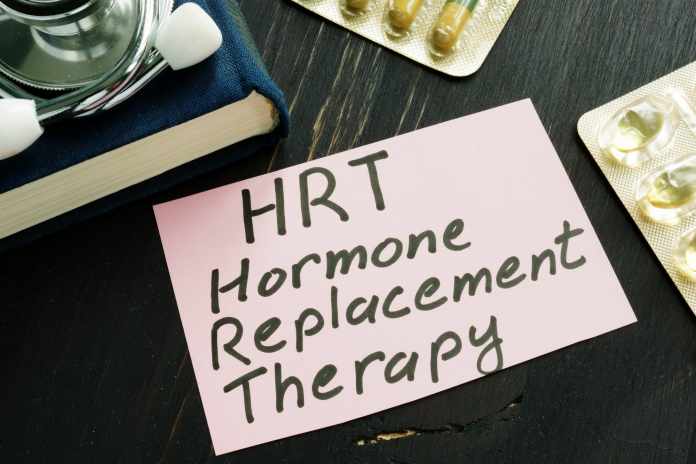Menopause is a stage every woman will have to go through at one point in life, and it can be disrupting and harsh during the first few years. The average age of onset of menopause ranges from 45 to 55 years (with the average age being 51), but can be as early as 35 years or as late as 60 years in a few rare cases.
There are three stages of menopause; premenopause, menopause, and post-menopause. Each stage has symptoms that tell it apart. The intensity of the symptoms is likely to reduce as the menopause advances. Please note that every step and experience will vary slightly for different women.
All the menopausal stages are characterized by an imbalance in hormone production that causes changes in a woman’s body. The Perimenopause stage ushers in menopause and lasts for about 5 to 15 years. Many women at this stage may experience anxiety or depression. Here the level of progesterone falls significantly therefore causing:
- Irregular periods
- Tender or swollen breasts
- Water weight as a result of bloating
- Fatigue
- Muscle aches
- Hot flashes
Menopause comes second, and a woman would know they are menopausal when they don’t experience their monthly periods for about a year or two, for some. At this time, the production of estrogen has reduced or stopped, therefore causing:
- Insomnia
- Hot flashes
- Osteoporosis
- Low libido
- Vaginal dryness that may result in pain during sex
- Loss of hair
Postmenopause is the stage after menopause. Here, most symptoms will have eased off. However, in some cases, some women will still experience severe symptoms after menopause for much longer.
Menopausal symptoms, when presented to a physician, can be treated or managed. The most commonly used form of treatment and the most effective one is hormonal replacement therapy (HRT).
What is Hormonal Replacements Therapy?
Hormone replacements therapy is a treatment procedure that involves taking supplementary female hormones, specifically estrogen and progesterone.
There are two types of HRT. One method entails replacing both estrogen and progesterone and is referred to as Combined Hormone Replacements Therapy. The other method only replaces estrogen and is known as Estrogen-only Hormone Replacements Therapy.
A woman’s menopausal stage will determine the type of HRT administered. For women who are still in the early stages of menopause and are still getting their monthly periods, combined and cyclical HRT are recommended. Continuous combined HRT is prescribed to postmenopausal women who do not need to take it at intervals as they are no longer menstruating.
Estrogen-only HRT is recommended for women who have undergone a hysterectomy because they are not exposed to uterus cancer.
A woman’s health history and the intensity of the symptoms she is experiencing are given priority when determining the type of treatment she will receive. A woman with a history of breast, ovarian, uterus, or blood cancer, liver-related problems, and blood clots together with a history of heart disease are not suited to use any form of HRT.
Hormone replacement therapy is administered in very different ways and is available in tablets, skin patches, implants, or gel that one applies on their skin. A physician will recommend the best most effective method for each person.
What are the risks and side-effects associated with HRT?
During the first few months of starting on HRT, one might experience headaches, fluid retention, breast tenderness, or even nausea. However normal these many appear, one is advised to see their physician if the side effects persist.
What are the Benefits of HRT?
Most women run to hormone replacement to seek relief from the menopausal symptoms. Estrogen will lower the risk of osteoporosis, increase one’s libido, and lessen depression and anxiety cases. HRT also reduces the chances of Alzheimer’s disease and the risk of stroke.
With HRT, a good night’s sleep and fewer hot flashes and night sweat occurrences are assured too.








